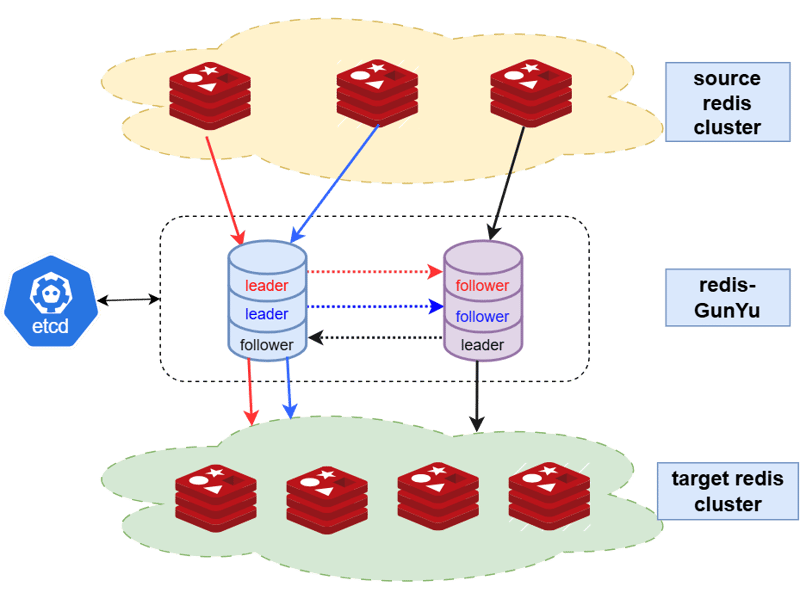How to Sync Redis with Database
Redis is a powerful in-memory data structure store that can be used for caching, session management, real-time analytics, and more. However, there may come a time when you need to sync the data in your Redis cache with your database to ensure data consistency and avoid data loss. In this article, we will explore the various ways you can sync Redis with your database.
1. Using a Redis Replication Mechanism
One way to sync Redis with your database is to leverage Redis’s built-in replication mechanism. Redis supports master-slave replication, where one server acts as the master and the others act as slaves. The master server will replicate all write operations to the slave servers, ensuring that they have an up-to-date copy of the data.
To set up replication in Redis, you will need to configure your Redis servers accordingly. You can specify the master server in the configuration file of each slave server, and Redis will handle the replication process automatically. This way, any changes made to the data in the master will be replicated to the slave servers, keeping them in sync.
2. Using Hooks and Triggers
Another approach to sync Redis with your database is to use hooks and triggers. You can set up hooks in your application code to listen for changes in the database and trigger corresponding operations in Redis. For example, when a new record is inserted into a database table, you can use a hook to update the corresponding data in Redis.
This approach requires some custom coding, as you will need to write scripts that listen for database changes and update Redis accordingly. However, it gives you more control over the syncing process and allows you to tailor it to your specific needs.
3. Using Middleware
Middleware is another option for syncing Redis with your database. You can use middleware tools like Kafka, RabbitMQ, or Celery to create a communication channel between your database and Redis. These tools can be used to pass messages between the two systems, ensuring that they stay in sync.
Middleware tools are often used in distributed systems to facilitate communication between different components. By using middleware for syncing Redis with your database, you can ensure that data changes are propagated efficiently and reliably.
4. Using a Custom Cron Job
If you prefer a more hands-on approach, you can create a custom cron job to periodically sync Redis with your database. A cron job is a scheduled task that runs at specified intervals, allowing you to automate the syncing process.
You can write a script that reads data from the database and updates Redis accordingly, running this script as a cron job on your server. This way, you can ensure that Redis is regularly updated with the latest data from your database.
Conclusion
Syncing Redis with your database is essential for maintaining data consistency and ensuring that your applications work as expected. Whether you choose to use Redis’s replication mechanism, hooks and triggers, middleware, or a custom cron job, there are various ways to keep your Redis cache in sync with your database. Consider your specific requirements and choose the method that best suits your needs.
